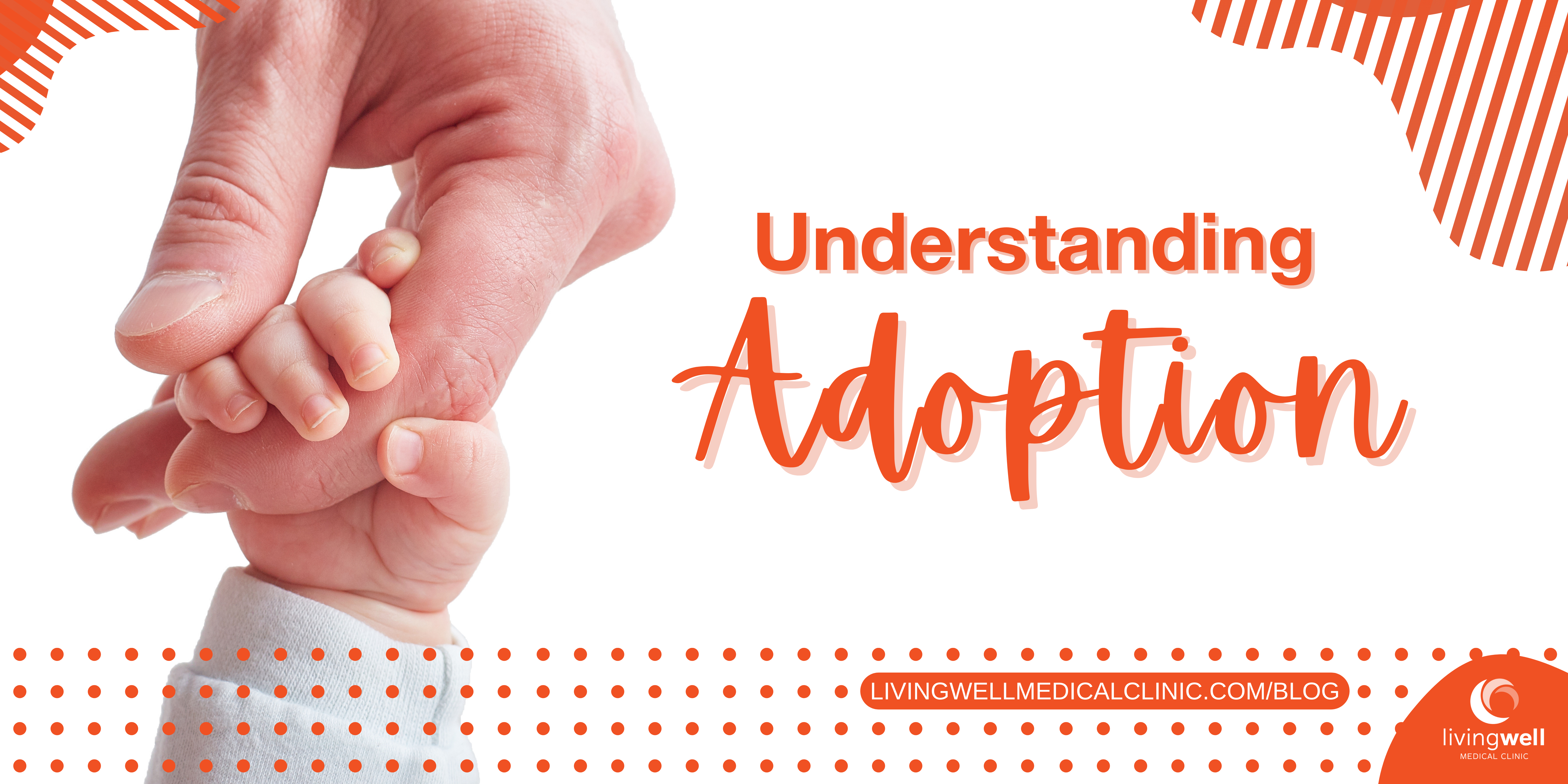
Pregnancy is one of the most wonderful things a woman can experience. Caring for your baby begins as soon as you see your positive pregnancy test. One of the most important things you should be aware of during your pregnancy is the Rh factor.
Why is the Rh factor important?
While your Rh factor doesn’t affect your overall health, it’s important to be aware of your Rh type if you are pregnant.
What is the Rh factor?
The Rh factor is a protein that is found on red blood cells. You can either be Rh positive or Rh negative. If your blood cells have the protein on them, you are Rh positive. If they don’t, you are Rh negative.
While being Rh positive is more common than being negative, being Rh negative does not mean you are ill or there’s something wrong with your blood cells. However, it can affect your pregnancy. “Your pregnancy needs special care if you’re Rh negative and your baby is Rh positive. That’s called Rh incompatibility. A baby can inherit the Rh factor from either parent” (Mayo Clinic).
Taking a blood test can determine if you’re Rh negative or positive, and what that means for your pregnancy going forward. You should take a blood test shortly after you find out that you’re pregnant.
What happens if my baby and I have Rh incompatibility?
If you and your baby are Rh incompatible, this can cause complications if you and your baby’s blood mingle during your pregnancy. Your Rh negative blood will recognize that the baby’s Rh positive blood isn’t yours, and will create antibodies to destroy it. “These antibodies can cross the placenta and attack the fetus’ blood cells. This can lead to serious health problems, even death, for a fetus or newborn” (ACOG).
These antibodies are not a risk during your first pregnancy. However, problems can occur if you get pregnant again.
While Rh incompatibility is serious, it’s preventable by taking blood tests throughout the different terms of your pregnancy. “If you’re Rh negative, you might need to have another blood test — called an antibody screen — several times: during your first trimester, during week 28 of pregnancy and when your baby is born. Some people need the test more often” (Mayo Clinic).
How can my blood mix with my baby’s?
There are a few ways that your blood may come in contact with your baby’s, such as:
- Miscarriage
- Ectopic Pregnancy
- Abortion
- Birth
- Bleeding during pregnancy
- Trauma or injury to your midsection during pregnancy
While there are other ways your blood might mingle, these are the most common occurrences. However, not all of these guarantee that a blood mix will occur. They only increase the chances.
How is Rh incompatibility treated?
Rh incompatibility is treated by a shot called Rh immune globulin (or RhoGAM). This injection prevents your body from creating antibodies while you’re pregnant. If your blood somehow mixes with your baby’s, you may need a second injection as a precaution. If your baby is born Rh positive, you will need another immune globulin shot after birth since your blood mixes with your baby’s during delivery (Mayo Clinic).
Can the father cause Rh incompatibility?
Even if the father of the baby is Rh negative, this doesn’t increase your chances of incompatibility. The only time the risk is present is when the mother is Rh negative. As long as the mother is Rh positive, there won’t be any risk of Rh incompatibility.
How We Can Help
If you think you may be pregnant, we are here to support you with pregnancy testing, ultrasounds, and options consultations at no cost to you. Schedule an appointment with us today by clicking here, calling us at (530) 272-6800 or texting us at (530) 802-0858.
Sources and Links
Mayo Clinic Staff, Rh Factor Overview, Mayo Clinic, 2022
https://www.mayoclinic.org/tests-procedures/rh-factor/about/pac-20394960
ACOG Staff, The Rh Factor: How It Can Affect Your Pregnancy, ACOG, 2024

Eva Fisher
Nursing Director
The content on this page has been reviewed and approved by our Nursing Director.


